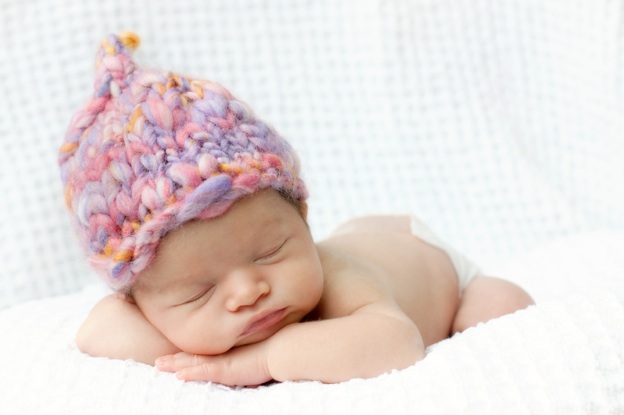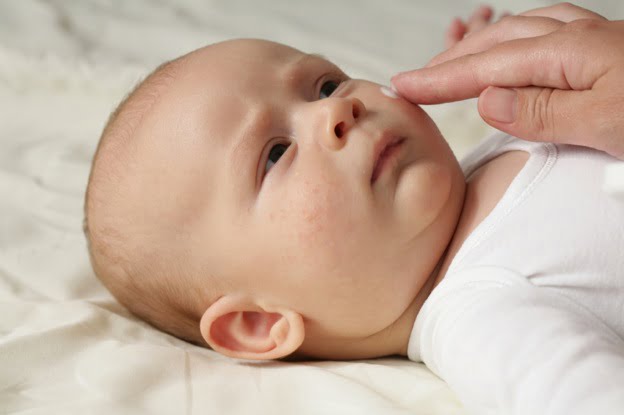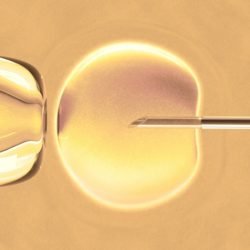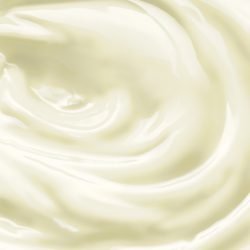SingaporeMotherhood | Baby & Toddler
October 2012
Common Newborn Conditions

New mothers are consistently on the alert when it comes to their babies. We worry about the smallest things – from whether baby is breathing properly to whether baby’s poop is normal – and will not hesitate to bundle up our baby and hail a taxi to see the pediatrician. Rest assured, dear mummy, that most conditions are nothing to be distressed about.
[banner][/banner]
1. Head Matters
Cradle Cap
What is it Flaky scalp caused by the natural oils in the scalp cementing dry scaly layers into a brown cap.
How to treat it Gently rub baby oil onto the top of the baby’s head, leave for a couple of hours or overnight, and then gently comb the scalp.
Sweaty Head
What is it Scalp which sweats easily and continuously despite sleeping in an airconditioned room.
How to treat it This condition is common and normal, even occurs all the way to toddlerhood. There is no significance to it.
2. Blood Circulation
Jaundice
What is it The lessening of red blood cells after the baby is born which stresses the baby’s immature liver. The unprocessed bile that builds up in the blood makes the baby turn yellowish.
How to treat it A blood test is done to determine whether phototherapy is needed. If you have access to daily early morning sun, exposing jaundiced babies to its rays (not directly!) helps in breaking down some of the bile in the skin and reducing the load on the liver.
3. Skin Problems
Milia
What is it Tiny yellow pin-head spots around nose or eyes caused by inexperienced skin glands unplugging themselves.
How to treat it They are no cause for concern and should disappear within a week.
Heat Rash
What is it Sweat glands becomes enlarged and red when baby’s sweat glands are not working properly yet.
How to treat it Make sure the temperature of the baby’s room is not too high, maintain good air circulation, and do not overdress the baby.
Thrush
What is it Little white patches in the mouth, resembling milk curds on the cheeks and tongue. This is caused by fungus introduced from the birth canal during delivery or later from a contaminated teat or hand.
How to treat it Antifungal gel is effective. Apply it twice daily on the affected area, and on your nipples if you are breastfeeding. Keep up the hygiene level to avoid recurrence.
Eczema
What is it Dry, scaly, red and itchy skin which may be caused by atopic eczema or seborrhoeic eczema. Bring your baby to the pediatrician. He or she will try to identify the cause first before prescribing.
How to treat it With anti-inflammatory cream and antihistamines. Minimise contact with potential allergens and consider using natural organic baby products.
4. Eye Spies
Blocked Tear Ducts
What is it Mucus-like substance at the edge of the baby’s eyelids, or wet eyes, more evident when your baby is around one month old. It is caused by a blocked drainage system for the tears and can affect one or both eyes.
How to treat it In most cases, the ducts will get unblocked by themselves. Your baby’s paediatrician can also teach you how to massage around the area to help drainage.
Sticky Eye
What is it It looks like an infection of the eyes, but is usually just an irritation from some fluids and debris encountered at birth.
How to treat it The only treatment required is to keep the eyes clean by wiping them with a sterile cotton pad (one for each eye) that has been dampened with cooled boiled water.
5. Digestion
Reflux
What is it An escaping mouthful of milk with every burp, caused by immature valve at the top of the baby’s stomach.
How to treat it If there is no poor weight gain, nor blood flecks in the milk, it is harmless and will ease as baby grows.
Constipation
What is it Formula-fed babies occasionally encounter this problem. Breastfed babies who do not pass motion may not be having constipation because breast milk has less waste. If there is no movement after three days and your baby looks sick and unhappy, consult a pediatrician.
How to treat it Try a little diluted prune juice first. If rectal stimulation is required, it should only be performed by a trained professional.
Other Common Conditions
Exclusive to newborns are hairy ears, birthmarks like pinkish stork bites and blueish mongolian spots, and sleep jumps. These conditions will disappear as baby grows. As long as your baby is bright-eyed, happy, and gaining weight, all you need to do is to shower him or her with love, not with worry.
All content from this article, including images, cannot be reproduced without credits or written permission from SingaporeMotherhood.
Follow us on Facebook, Instagram, and Telegram for the latest article and promotion updates.






